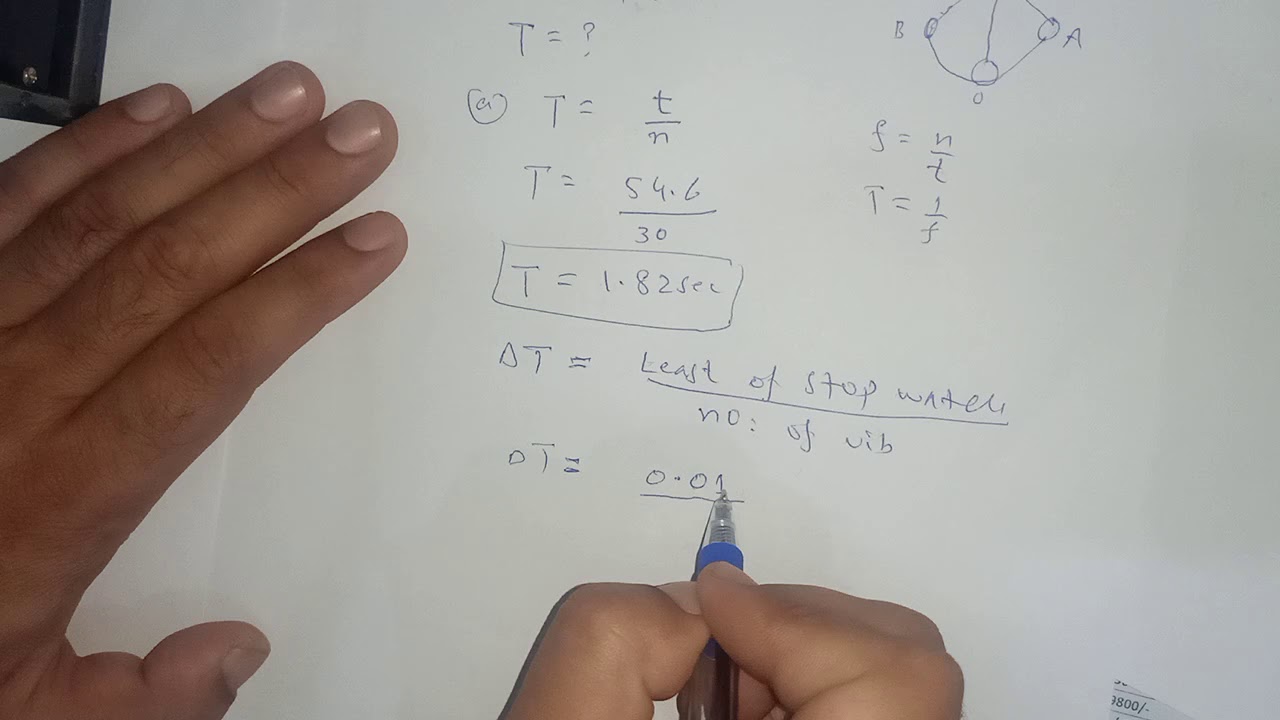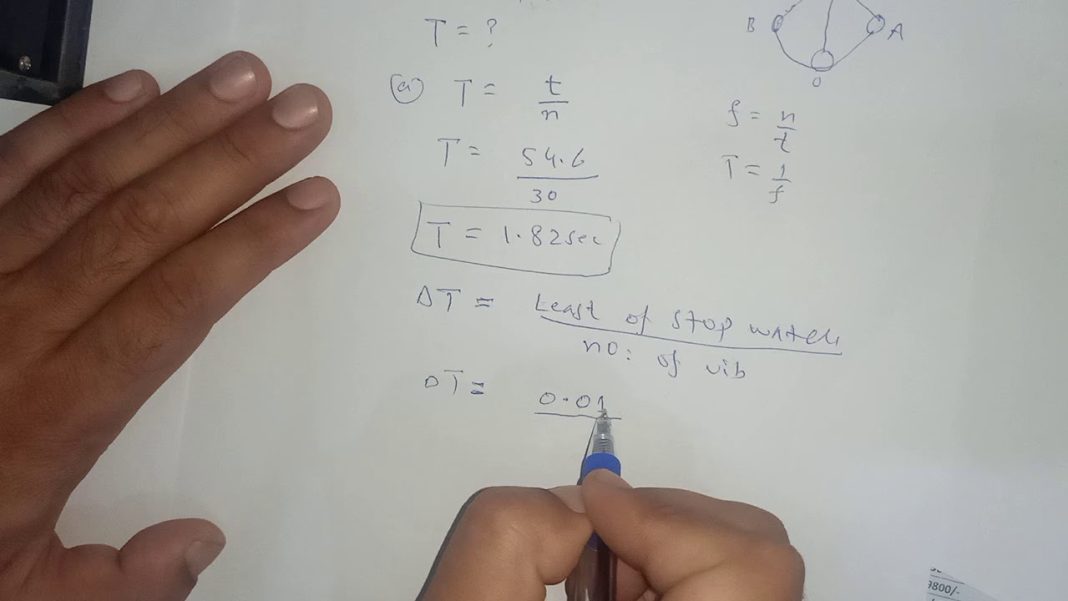 The Yield Curve as a Predictor of Recession
The Yield Curve as a Predictor of Recession
Introduction
Last year, we explored the concept of using the yield curve inversion as a predictor of recession. Historically, when the yield curve inverts, a recession follows within 1.5 to 2 years. However, there is no consensus among academics regarding the exact timing of this relationship. While economic theories provide a mechanism for understanding the yield curve’s predictive power, the duration of this effect is purely empirical. Despite the inherent uncertainty, it is crucial for central bankers to have a sense of when their policies will take effect, even if academics are hesitant to provide an accurate time range.
Uncertainty Surrounding Timing
It is important to acknowledge the high level of uncertainty associated with predicting the timing of a recession based on yield curve inversion. Central bankers, like academics, lack precise knowledge of when the impact of their previous tightening measures will be fully realized. This uncertainty is reflected in their data-dependent strategy, which indicates their hesitancy in predicting outcomes accurately.
Relationship Between Yield Curve and Recession
When examining the relationship between the yield curve and recession, it is essential to consider the behavior of short-tenor and long-tenor yields. Short-tenor yield closely follows the policy rate, while long-tenor yield is primarily influenced by macro and market factors. During an inversion, long-tenor yield tends to move relatively mildly. Inversions are often accompanied by aggressive rate hikes within a short period. Therefore, the time range during which inversion predicts a recession reflects the time needed for tightening measures to impact various sectors. It is worth noting that our focus here is not whether inversion truly predicts a recession or if it is merely caused by rate hikes.
Comparing Yield Gap Over Time
To illustrate the uncertainty surrounding timing, we can compare the yield gap now to that of nearly half a century ago in 1974. The accompanying chart reveals that the mode and extent of inversion in recent months closely resemble those of the mid-1970s. If the same pattern holds true today, it suggests that we are already in a recession and nearing its end. However, there is one notable difference: in the mid-1970s, the yield gap reverted to positive during the middle of the recession, whereas today, the inversion remains intact.
Differences in Background Factors
Another important distinction lies in the background factors. In the mid-1970s, both 10-year and 3-month yields were at 8 percent, whereas now they hover around 5 percent. Additionally, the composition of the U.S. GDP has changed significantly. In the mid-1970s, the secondary industry (goods production) accounted for 30 percent of the GDP, while today it represents only 10 percent. The tertiary sector (services provision) is less sensitive to high interest rates due to lower lending in non-massive production. This explains why emerging economies, which heavily rely on goods production, are more affected by high-interest rates than advanced economies, which are more service-oriented.
Interconnectedness of Production and Services Sectors
Although the production and services sectors are not completely disaggregated, weaknesses in one sector will eventually transmit to the other. Therefore, while services may be less susceptible to high interest rates initially, they will still be impacted by any downturn in the economy. Ultimately, this reinforces the likelihood that the yield curve prediction will prove correct once again; it may just take longer to materialize this time.
Conclusion
The yield curve inversion has long been regarded as a potential indicator of an impending recession. While there is uncertainty surrounding the timing of this relationship, recent comparisons to past yield gaps suggest that a recession may already be underway. However, differences in background factors, such as lower interest rates and a changing GDP composition, must be considered when drawing conclusions. Despite these variations, the interconnectedness of the production and services sectors ensures that weaknesses will eventually impact both areas. Overall, while timing remains uncertain, the yield curve prediction is likely to hold true once again.


